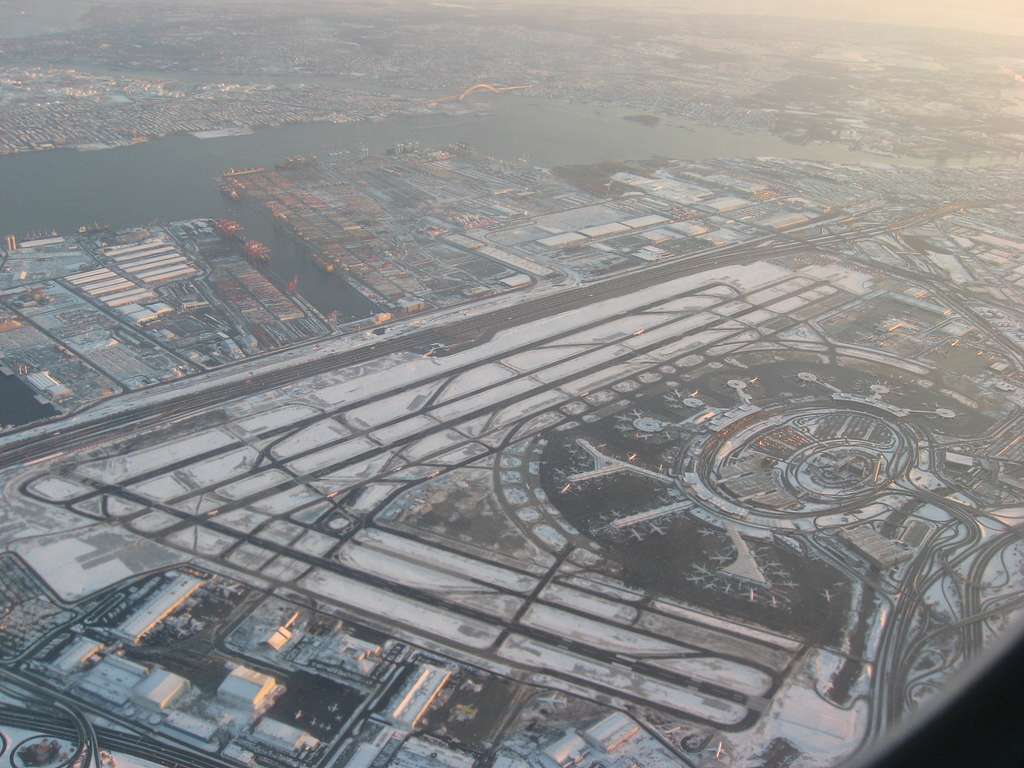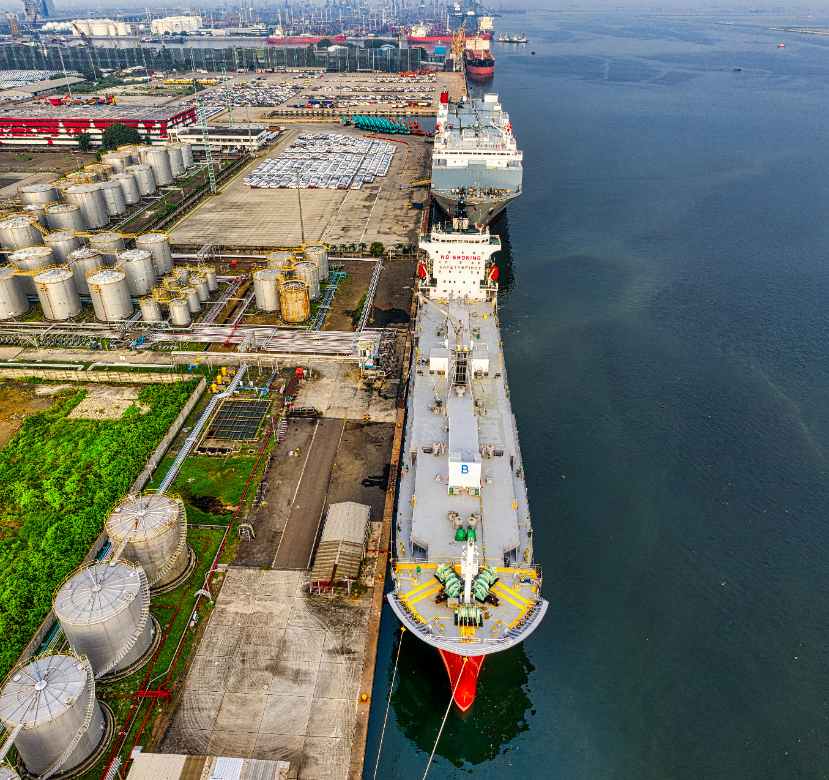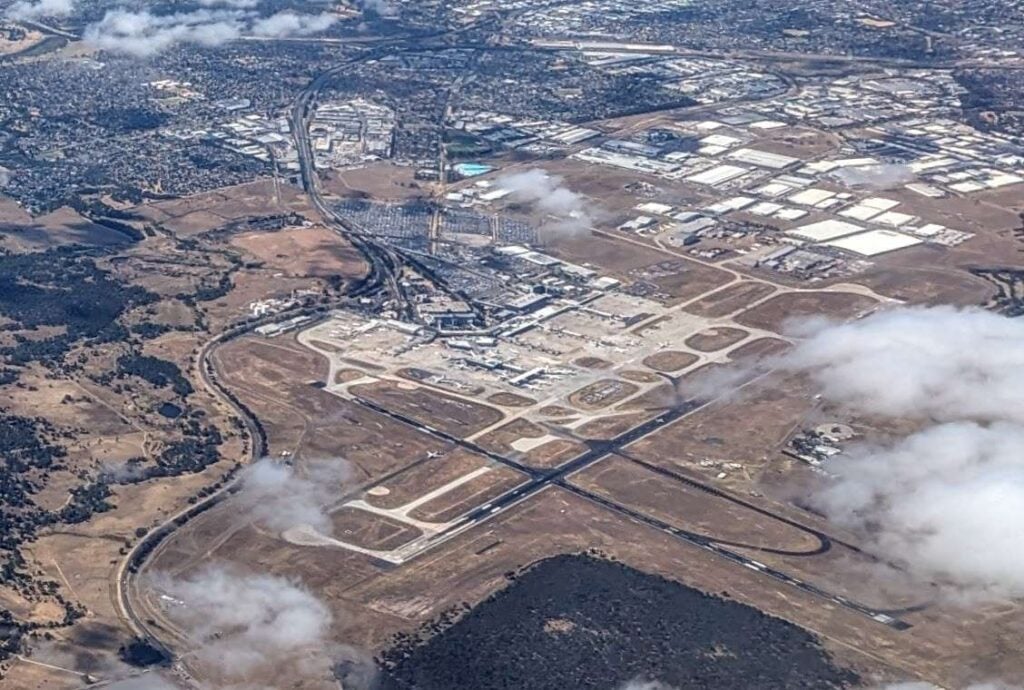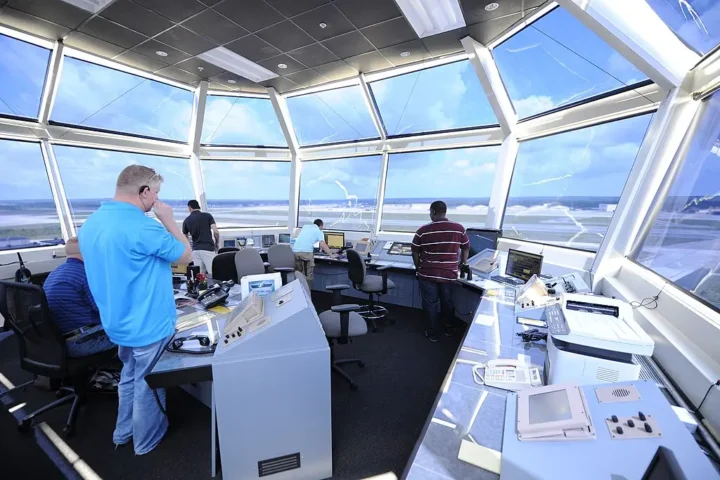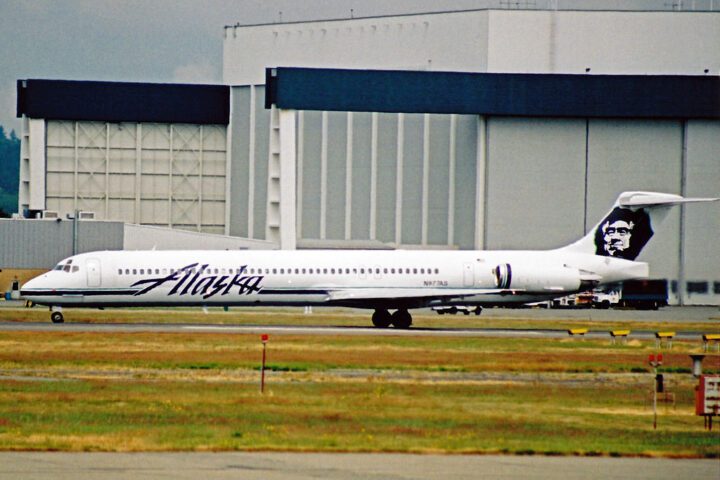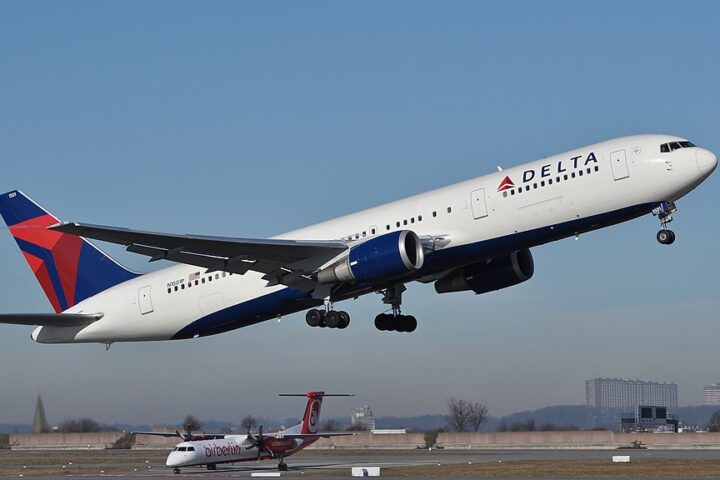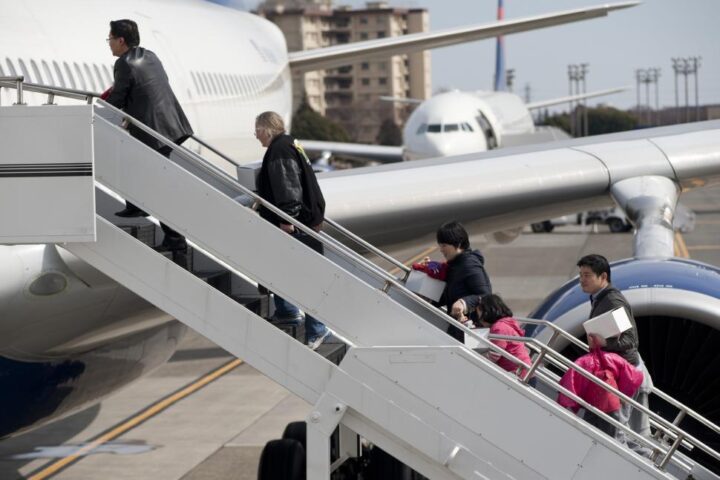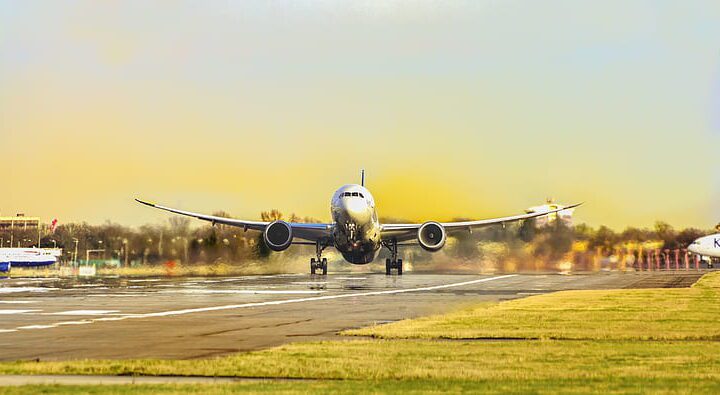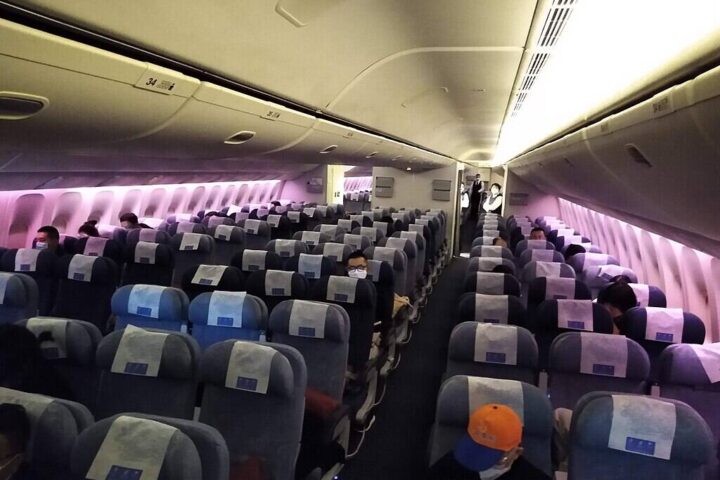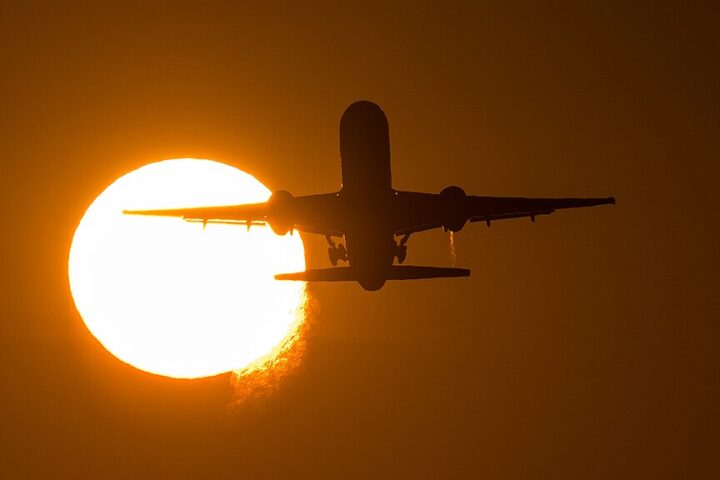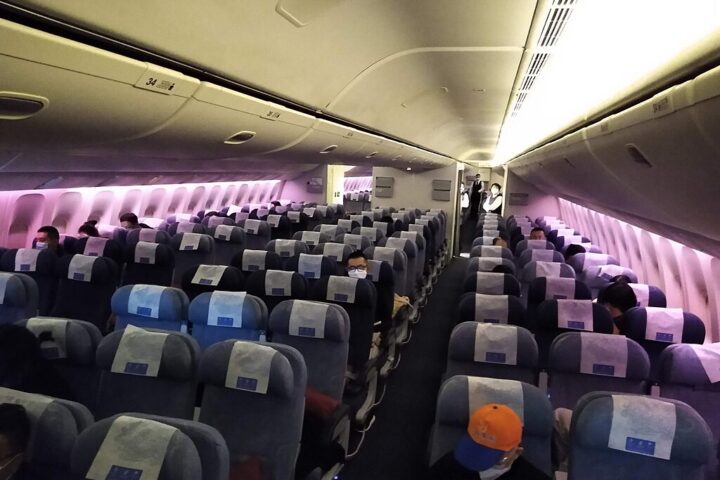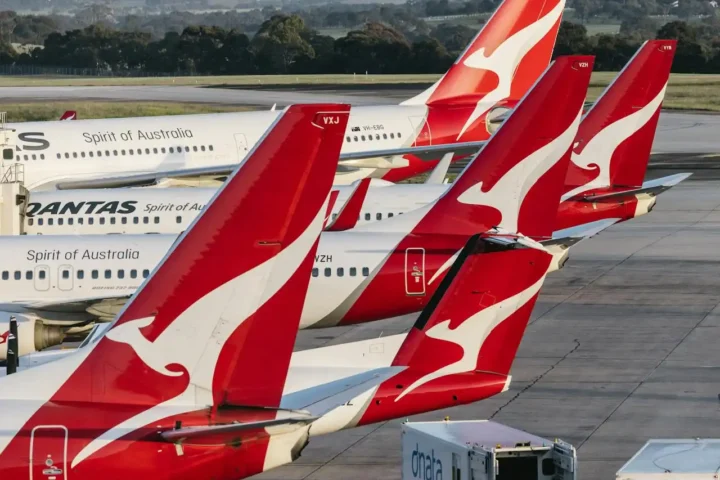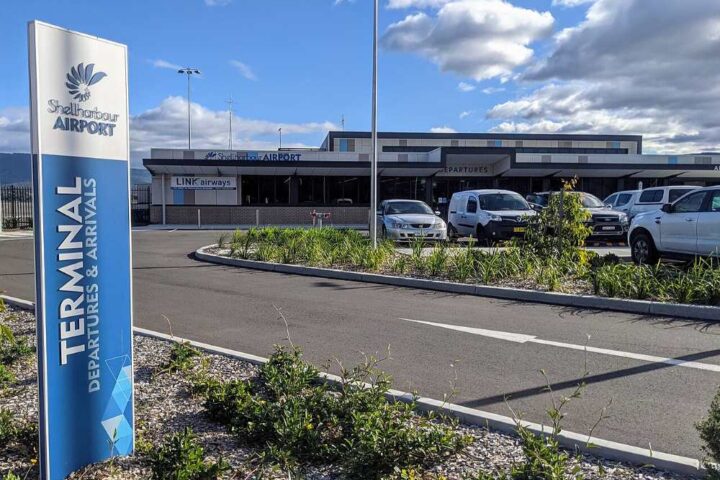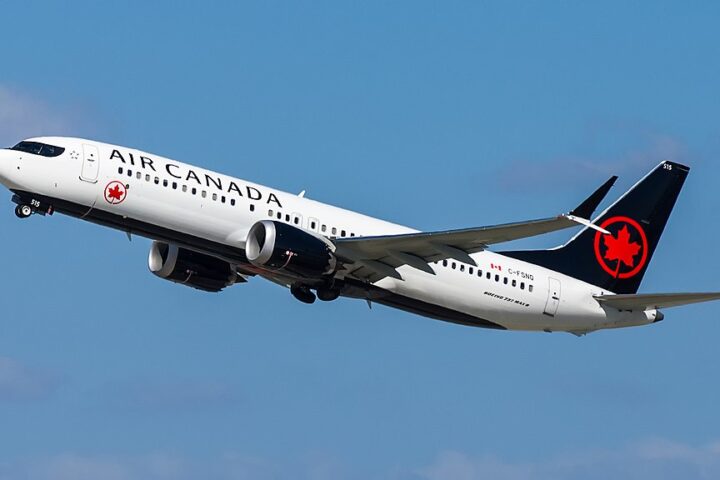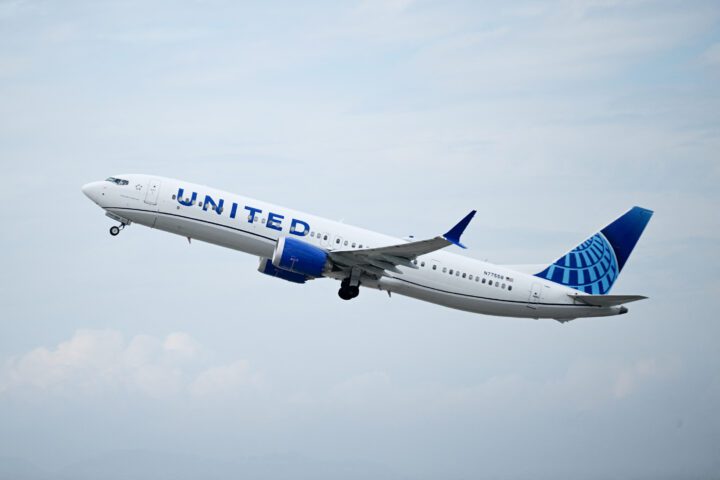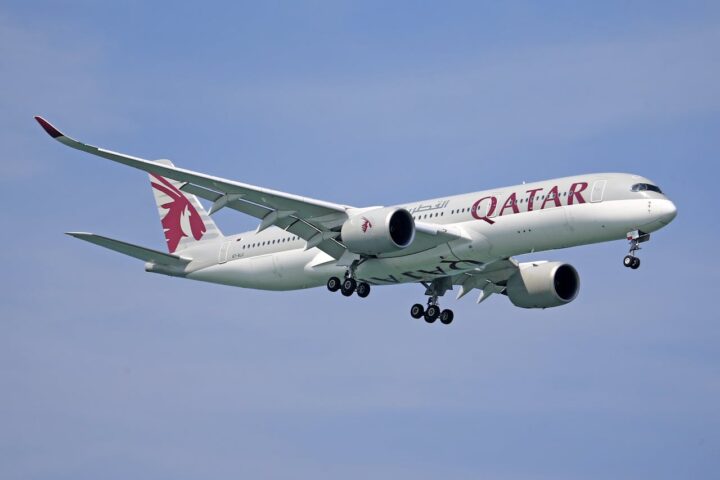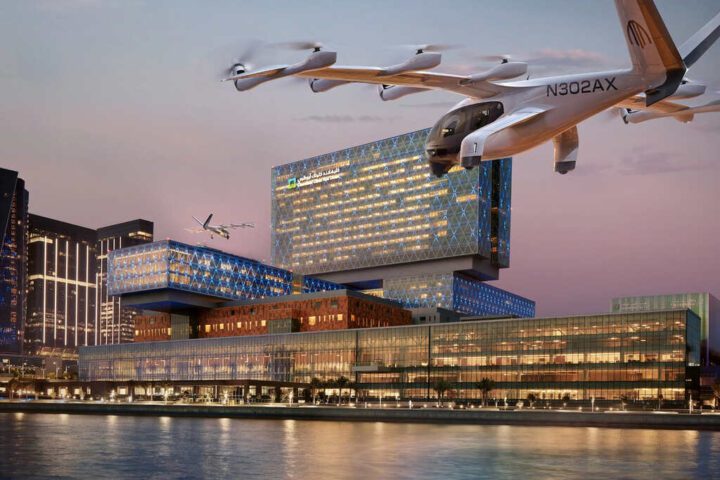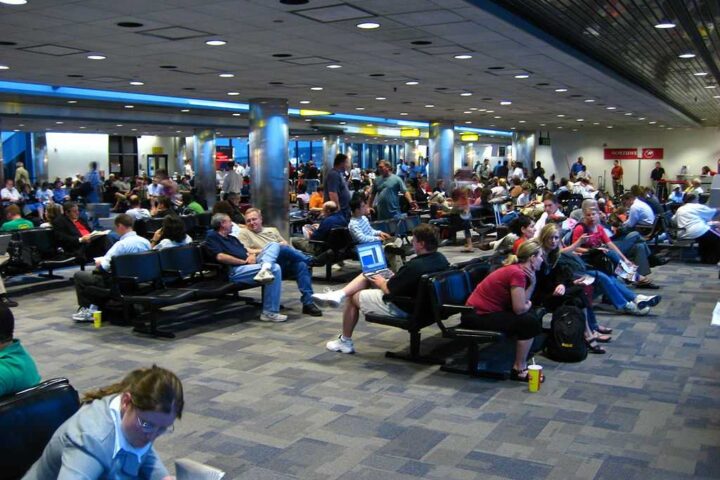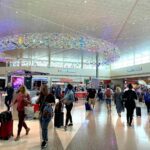The flight delays at Newark Liberty International Airport reveal a systemic breakdown years in the making. With controllers stretched thin, outdated technology failing, and runways under construction, travelers face nearly four-hour waits as the aviation system struggles to keep pace.
The Controller Crunch
The Federal Aviation Administration (FAA) currently operates with approximately 3,500 fewer controllers than needed — a shortfall that has placed immense strain on facilities nationwide. This staffing gap stems from rigid age requirements—controllers must retire at 56 and be hired before turning 31, creating a narrow window for career development.
“Our facilities are run-down and our controllers are working six-day weeks,” warned National Air Traffic Controllers Association (NATCA) President Nick Daniels in March testimony — a plea that included a request for $500 million in urgent infrastructure improvements.
When government shutdowns occur, they halt training at the FAA Academy, sending trainees home and creating certification backlogs. Recent furloughs of approximately 500 trainees have compounded the staffing crisis, delaying the entry of qualified controllers into towers nationwide.
Technology Time Warp
Transportation Secretary Sean Duffy has acknowledged the FAA’s reliance on decades-old infrastructure, including copper wires and floppy disks that constrain capacity and increase error risks. The NextGen Air Transportation System initiative aims to modernize communications and automation, but requires substantial funding to implement fully.
Human Toll Behind the Tower
Since 1993, the National Transportation Safety Board (NTSB) has identified controller fatigue as a significant safety risk, issuing seven specific fatigue-related recommendations. With mandatory overtime and six-day workweeks now common, the mental-health strain on controllers has intensified.
“When you’re shorthanded, everyone has to work harder,” explains a veteran controller. “We’re making split-second decisions with hundreds of lives at stake. Fatigue affects judgment.”
The Business Bottom Line
Flight delays aren’t just inconvenient—they’re extraordinarily expensive. System delays cost airlines and passengers over $33 billion in 2019 alone, underlining the high economic stakes. Commercial aviation contributes approximately 5 percent of U.S. GDP ($1.45 trillion in 2024) and supports more than 10 million jobs, making reliable air travel essential to economic health.
For Newark specifically, current Ground Delay Programs impose average delays of 3 hours and 59 minutes, disrupting countless business meetings, connections, and travel plans daily, as highlighted in Reuters’ report on FAA delays to Newark.
Slot Control Solution?
While JFK, LaGuardia, and Reagan National operate as “Level 3” slot-controlled airports with fixed takeoff and landing allocations, Newark remains at “Level 2” despite its constraints. Major airlines, represented by Airlines for America, have asked the FAA to extend slot‑use waivers through October 2027 to manage capacity. United Airlines’ CEO and other industry leaders advocate upgrading Newark to Level 3 status, which would cap flight operations to match controller availability and runway capacity.
“We need to align scheduled demand with what the airport can actually handle,” states United’s proposal.
Moving Forward
The FAA has met its 2024 controller hiring targets and now offers retention bonuses up to $15,000, but addressing the fundamental challenges requires comprehensive reform. Bipartisan legislation has been introduced to keep the FAA Academy operational during government shutdowns, targeting a critical training bottleneck.
While runway rehabilitation at Newark will continue through mid‑June, long‑term solutions demand both infrastructure investment and regulatory updates. The crisis at Newark serves as a stark warning that America’s aviation infrastructure requires substantial modernization to maintain safety and reliability in an increasingly busy sky.
For travelers, understanding these systemic issues provides context for delays, but little immediate relief. As one frequent flyer put it: “Knowing why I’m sitting here for four hours helps, but it doesn’t get me home any faster.”
